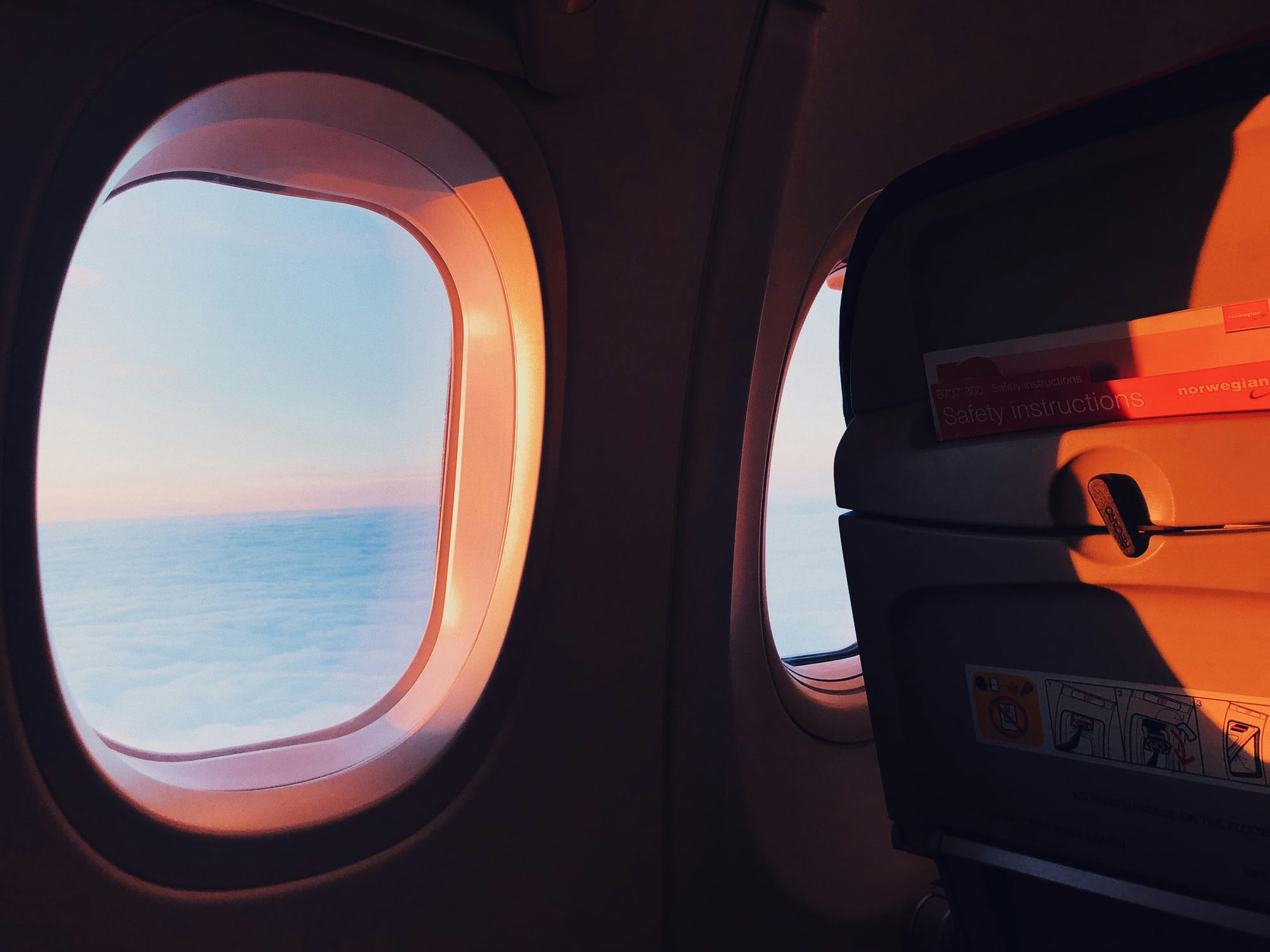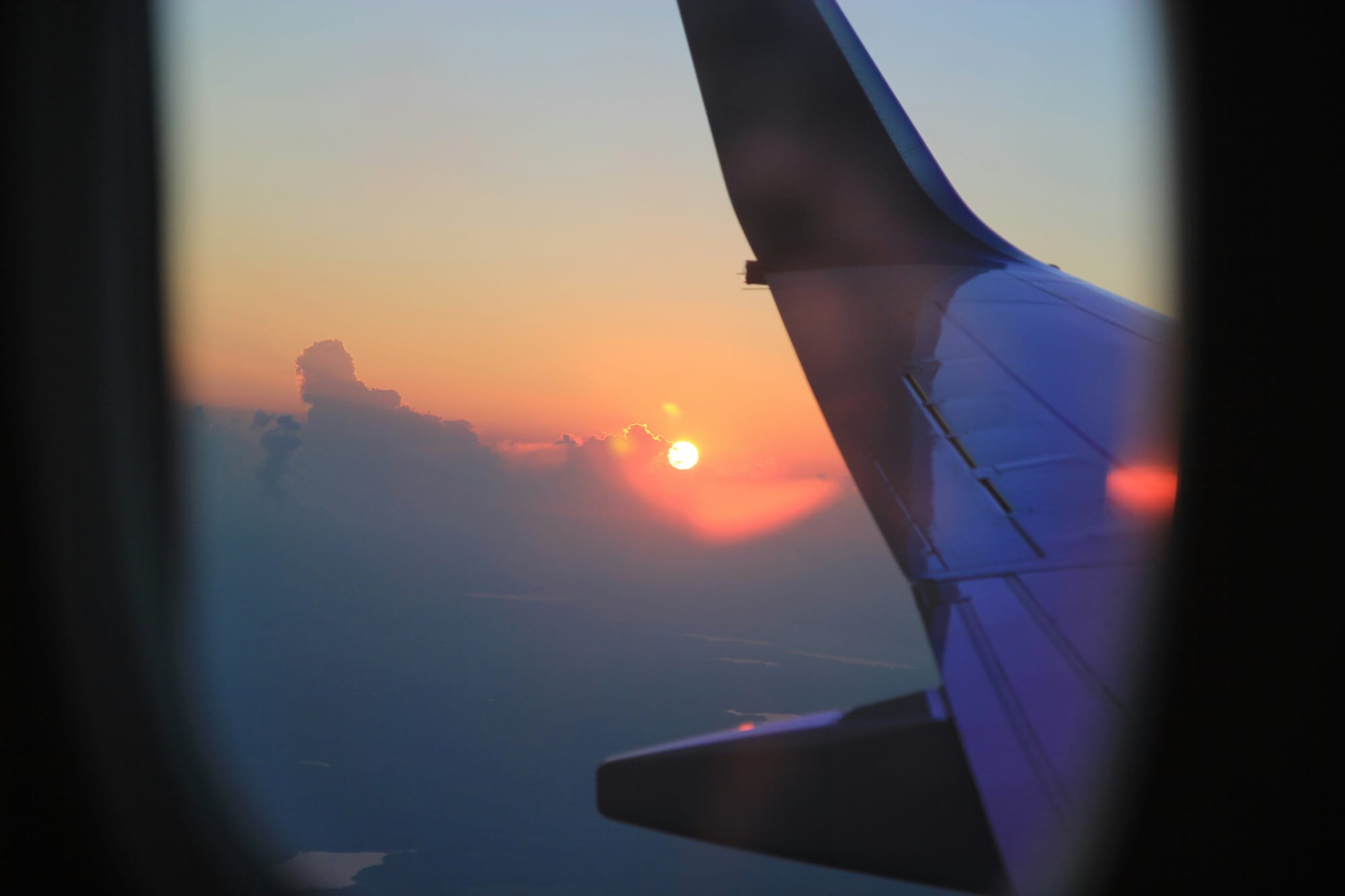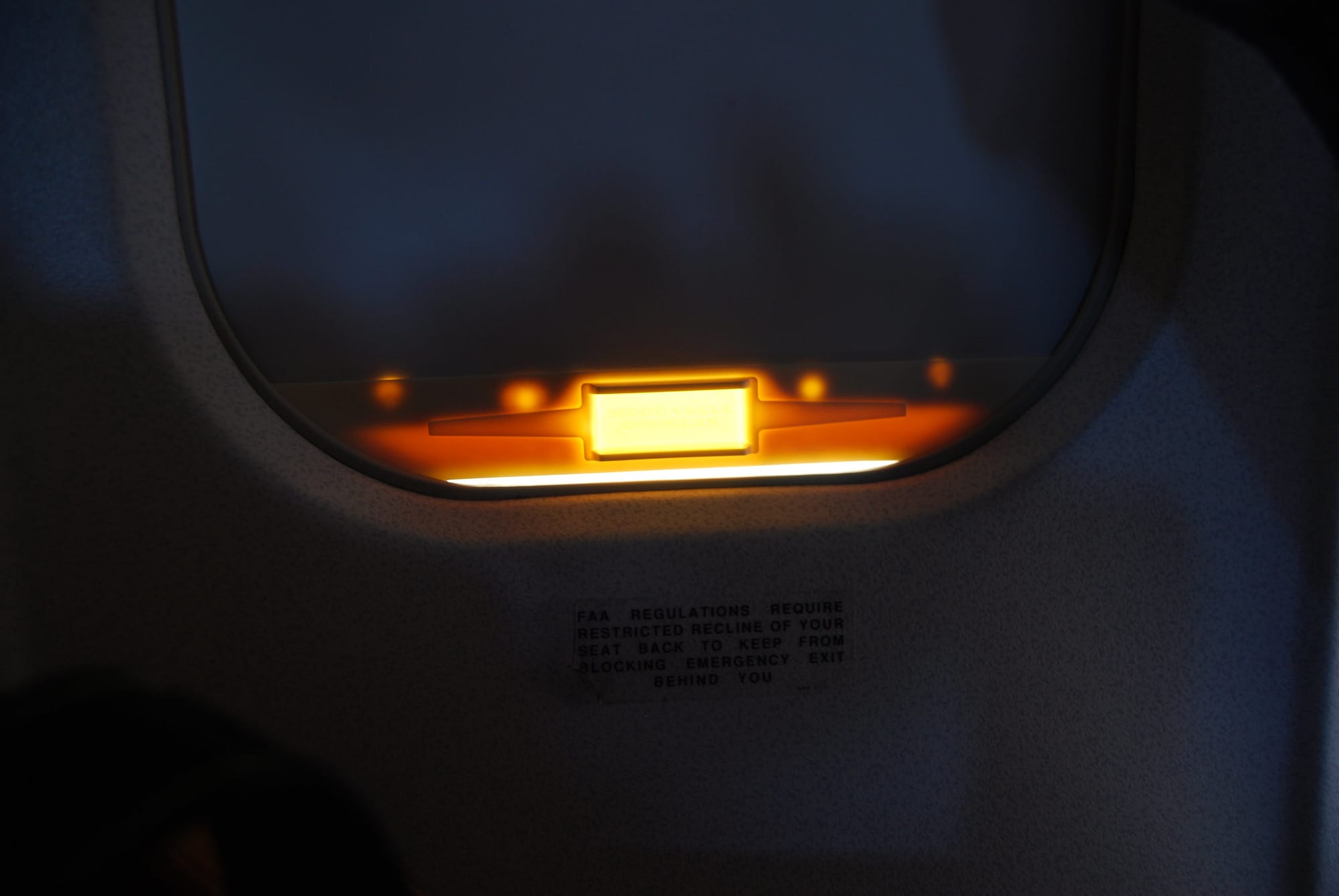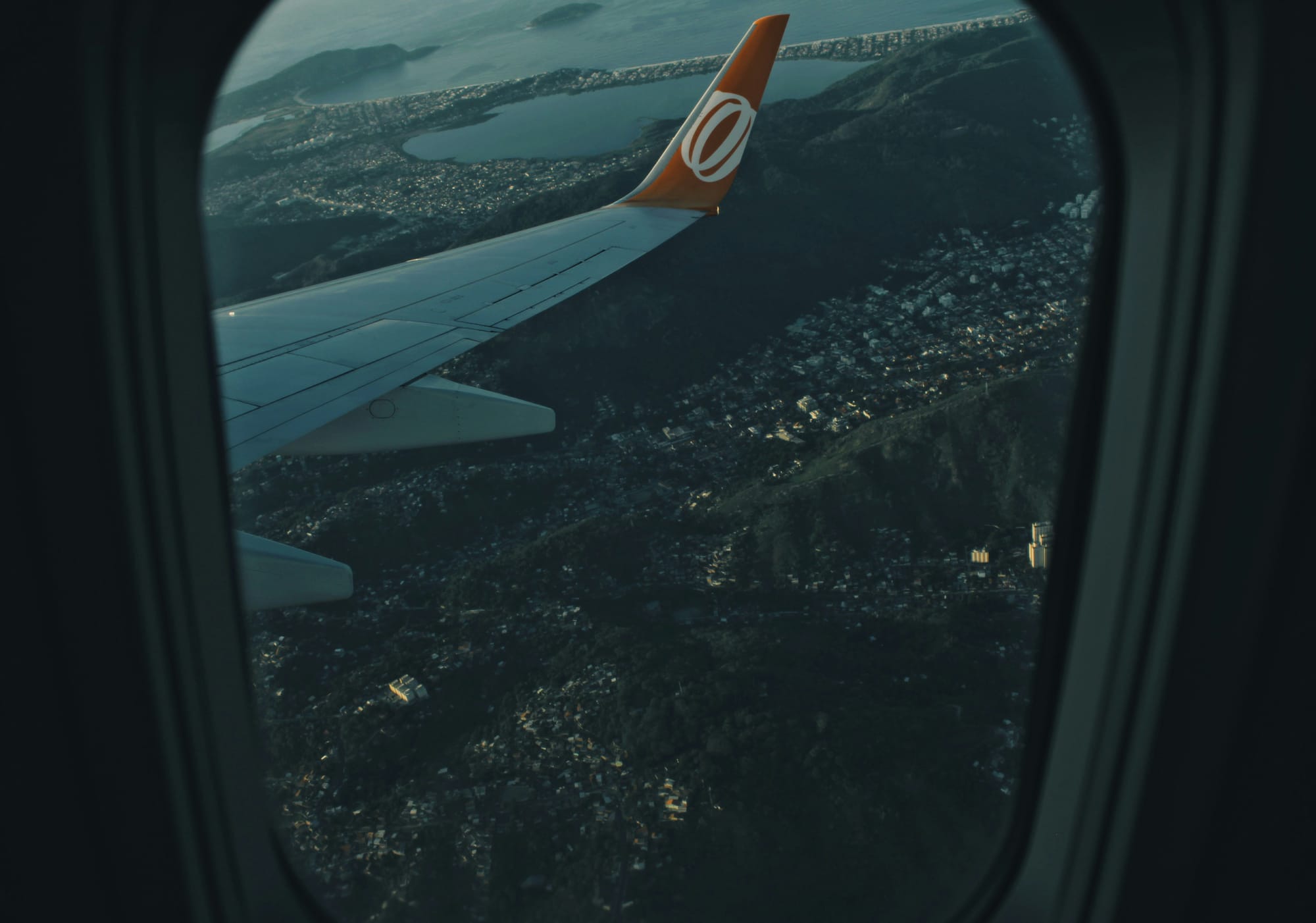The Window Shade Debate: Open or Closed?

The window seat on an airplane often feels like a prime location. It offers access to breathtaking views that unfold as the aircraft climbs into the sky or descends back to earth. However, one question often debated among travelers is whether to keep the window shade open or closed. Depending on personal preferences, safety considerations, and cabin comfort, this small action can impact the entire flight experience.
In this article, we’ll explore both sides of the argument, while sharing why my personal preference is to keep the window shade open during climb and descent to enjoy the majestic views these phases offer.
The Case for Keeping the Window Shade Open

For many passengers, the allure of flying lies in the views from the window. Seeing cities shrink as you ascend or catching glimpses of natural landmarks is a thrilling part of the journey. For photographers or nature lovers, the visual treat of soaring over mountain ranges, vast oceans, or vibrant cityscapes can transform a mundane flight into an exciting adventure.
There are practical reasons for keeping the shade open during critical phases of the flight, such as takeoff and landing. In case of an emergency, an open window shade allows both passengers and crew to assess outside conditions quickly. For example, if there is an engine issue, smoke, or fire, seeing it immediately gives cabin crew vital information about how to react. Additionally, natural light flooding into the cabin can aid in evacuation during daylight, helping people navigate to exits more easily.
Opening the window shade also fosters a sense of connection with the journey. Rather than feeling like you’re in an isolated, confined cabin, you can observe the changing landscapes and immerse yourself in the feeling of movement. For me personally, it is during the climb and descent that I feel most connected to the act of flying—soaring through the sky, watching clouds pass by, and seeing the world from a perspective few other moments in life offer.
The Case for Keeping the Window Shade Closed

On the other hand, there are several reasons why passengers may prefer to close their shades, and some are even encouraged to do so by flight attendants during certain stages of the flight.
One of the most common reasons is comfort, particularly on long-haul flights or red-eye routes. Many passengers value rest above all else, and the sunlight streaming through open windows can be disruptive, especially if it’s at an angle that directly strikes your face. This is particularly problematic when crossing multiple time zones, where sunlight may interfere with the body’s natural circadian rhythm, making it harder to fall asleep.
A closed window shade also helps control the cabin’s internal temperature, especially when flying over sunny or tropical regions. Sunlight can heat up parts of the cabin and create glare that disturbs not only the passenger next to the window, but also those seated nearby. Cabin lights can be dimmed to create a more restful atmosphere, but glaring sunlight peeking in from a few open windows can interrupt that ambiance.
Keeping the window shade closed also offers fewer distractions, particularly during long flights. The scenery outside can be constantly changing and may make it difficult to focus on a book, a movie, or even getting work done on your laptop. For those with aviophobia (fear of flying), the visual reminder of the plane’s height or speed can trigger anxiety, making a closed shade a form of mental relief.
My Preference: Open Shades During Climb and Descent

While I see the merits of both sides of the debate, I am firmly in favor of keeping the window shade open during the climb and descent. These moments offer the most dramatic and rewarding views, with the rising sun, changing cloud formations, or a glimpse of your destination coming into focus. There’s something awe-inspiring about watching the runway disappear as you rise into the clouds or spotting your home city as you descend toward landing. For me, it’s a reminder of the incredible technology that allows humans to fly, and I savor those minutes.
The climb and descent are also the most dynamic stages of the flight. Watching the world gradually grow smaller, or your destination loom larger, brings a sense of excitement and anticipation. It creates a mental connection between the act of flying and the landscapes you’re crossing, giving you a more immersive experience.
Final Thoughts
Ultimately, whether to keep the window shade open or closed during a flight is a personal choice that depends on individual preferences and circumstances. For some, an open window offers a fascinating view and a deeper connection to the journey, while for others, closing the shade brings comfort, reduces heat, and minimizes distractions.
However, during the climb and descent, when the views are at their most dramatic and the flight’s purpose seems most tangible, I strongly recommend keeping that window shade open and appreciating the awe-inspiring perspective that the flight uniquely offers. After all, why miss the opportunity to enjoy some of the most stunning aerial scenery in the world?





